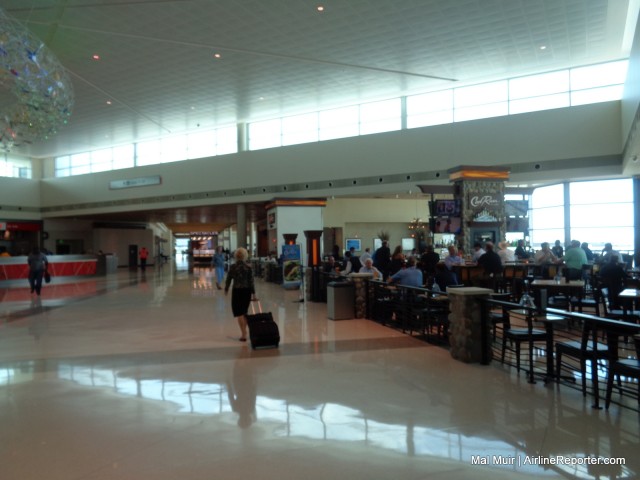In 1974, as Dallas/Fort Worth Airport opened to serve as the main regional airport and airlines moved their flights across town to the new facility, apart from one. Southwest AIrlines decided that their home at Love Field was the best way to service their customers, and from that moment on, the history of the airport would be tumultuous.
In 1979, the Wright Amendment, named after Fort Worth Congressman Jim Wright, set about restricting the airport to certain limitations. As the years went on, the amendment has had a number of changes, easing some of the restrictions.
The Wright Amendment originally restricted airlines with aircraft of greater than 56 seats to only fly services within Texas, or to the four neighboring states of New Mexico, Louisiana, Arkansas, and Oklahoma. Southwest expanded their services out to those states, but the amendment was a severe restriction on their ability to really become the airline that they wanted.
As the years went on, further changes were made, adding Alabama, Kansas, Mississippi, and eventually Missouri to the state list. The biggest changes came in 2006 though, when the repeal of the Wright Amendment began. Although the original changes in 2006 would allow through-ticketing (previously, if you wanted to fly say Dallas to Denver, you would need to have two separate tickets, one to get you to an intermediary city like Albuquerque or Kansas City, the other onto Denver). Eventually, in 2014, the 2006 amendment/repeal would allow long-haul flights directly out of Dallas Love Field.
